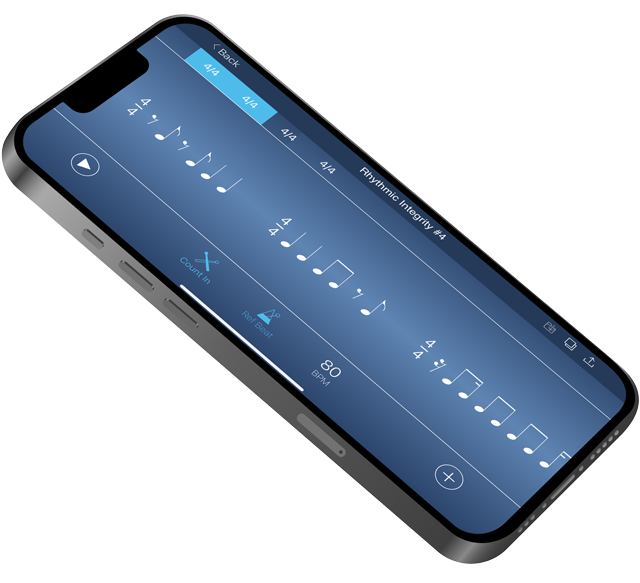Applying Rudimental Stickings to World Rhythms
- SYNKD Admin

- Aug 9, 2018
- 2 min read
This lesson uses various World Rhythms as rhythmic figures. We will play the figures as accents on top of various sticking patterns. All rhythms can be found in the “World Rhythms” SYNKD Rhythm Pack.

All of these exercises are just a few interpretations of both the 2:3 Son Clave, and the 3:2 Rhumba clave.
Notice that I have written the 3:2 Rhumba Clave as a bar of 16th notes, as opposed to the traditional way as seen in the 2:3 Son Clave examples.
These are by no means traditional applications of these two rhythms but they are great hand exercises and have lots of real world applications beyond the practice room.
2:3 Son Clave
The tempo range for these 6 exercises are 190-220bpm.

1. We are going to simply start this first exercise by using single strokes. Notice how the accents fall, especially in the second bar.

2. Now we are going to do the same thing but with doubles. This makes for a great hand workout because of how the accents land on various parts of the double. Pay attention to the hand motions.

3. Next up we are going to use mixed stickings. If you look closely you will see that the pattern is made up of a Paradiddle, Reverse Paradiddle, Inverted Paradiddle, and finally another Reverse Paradiddle.

Examples 4-6 are exactly the same but as 16th notes. Nothing changes to the sticking.

3:2 Rhumba Clave
The tempo range for these exercises is 85-110bpm

We are going to use the same sticking protocol from the previous 6 exercises, the only difference is the rhythmic phrase.
1. We are going to use singles again for this initial exercise. Notice how the accent has shifted over by one note on the “3” section

2. Next up is doubles. Again, pay attention to the hand motions.

3. Finally, we have the mixed stickings. This time the bar is comprised of two Inverted Paradiddles, a Reverse Paradiddle, and finally a Paradiddle.

Examples 4-6 are exactly the same but as 32nd notes. Nothing changes to the sticking.

Once you have got comfortable with the individual exercises, try combining them. It’s a great way to practice some hand technique in addition to developing some musical ideas.



Comments